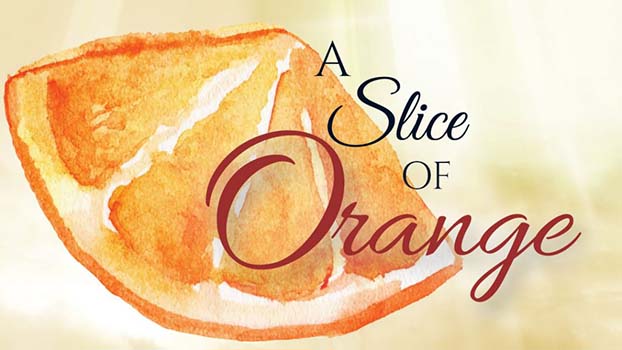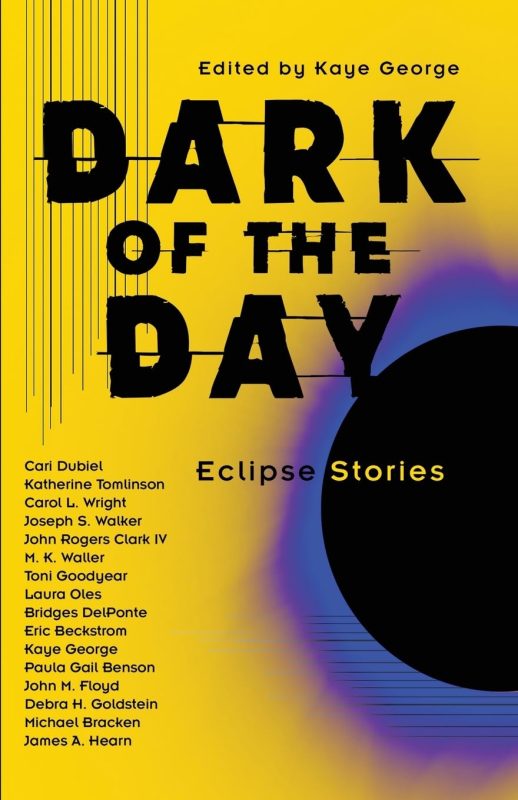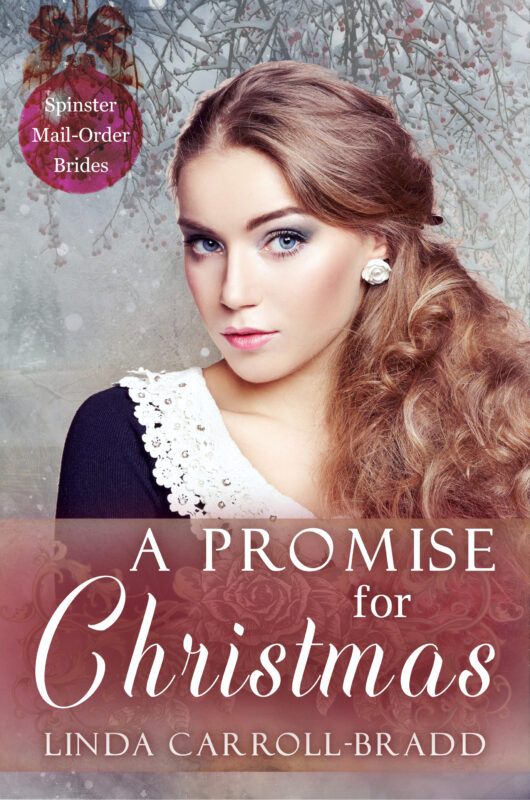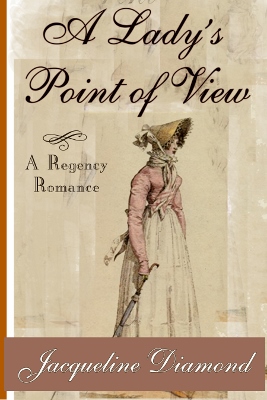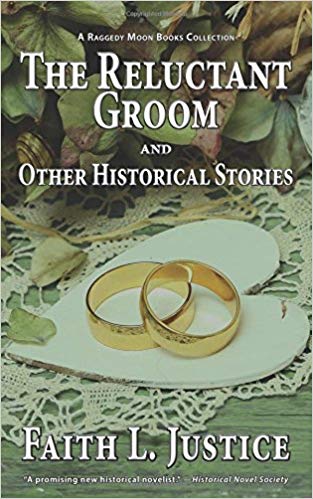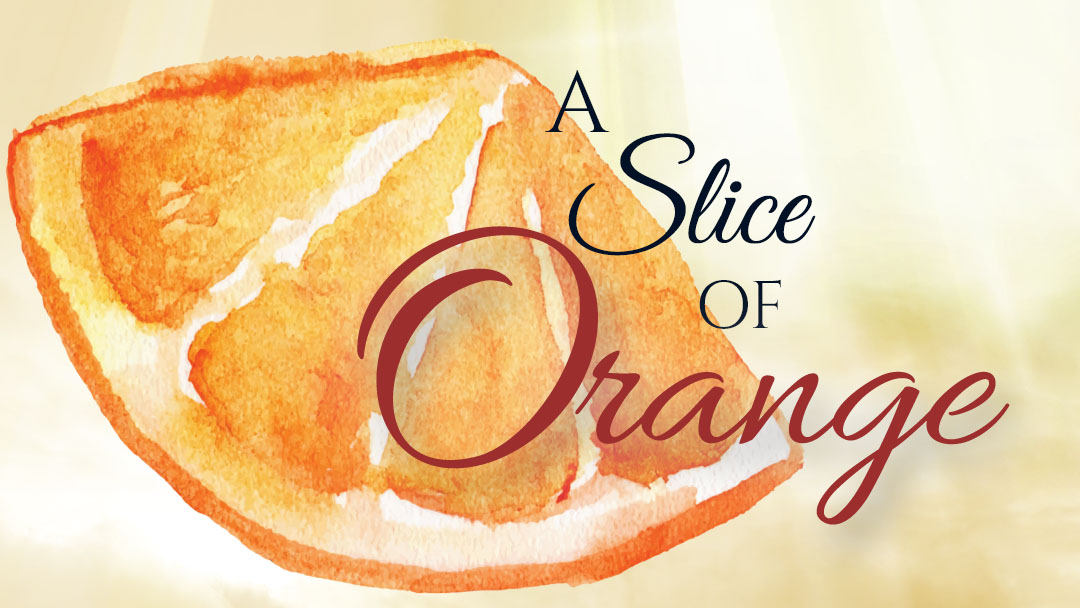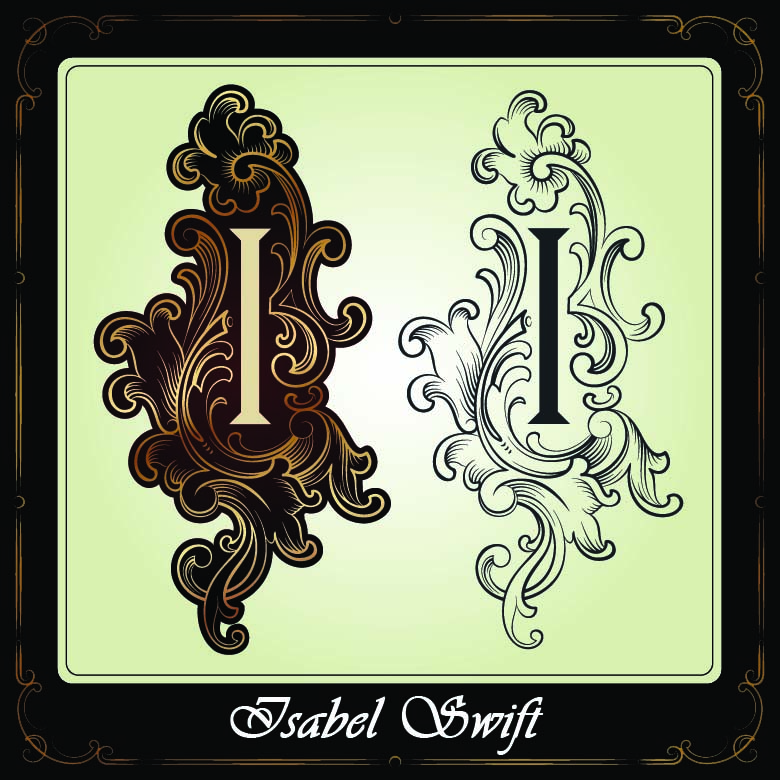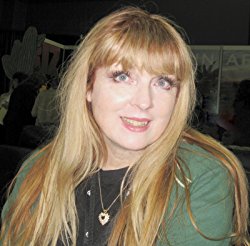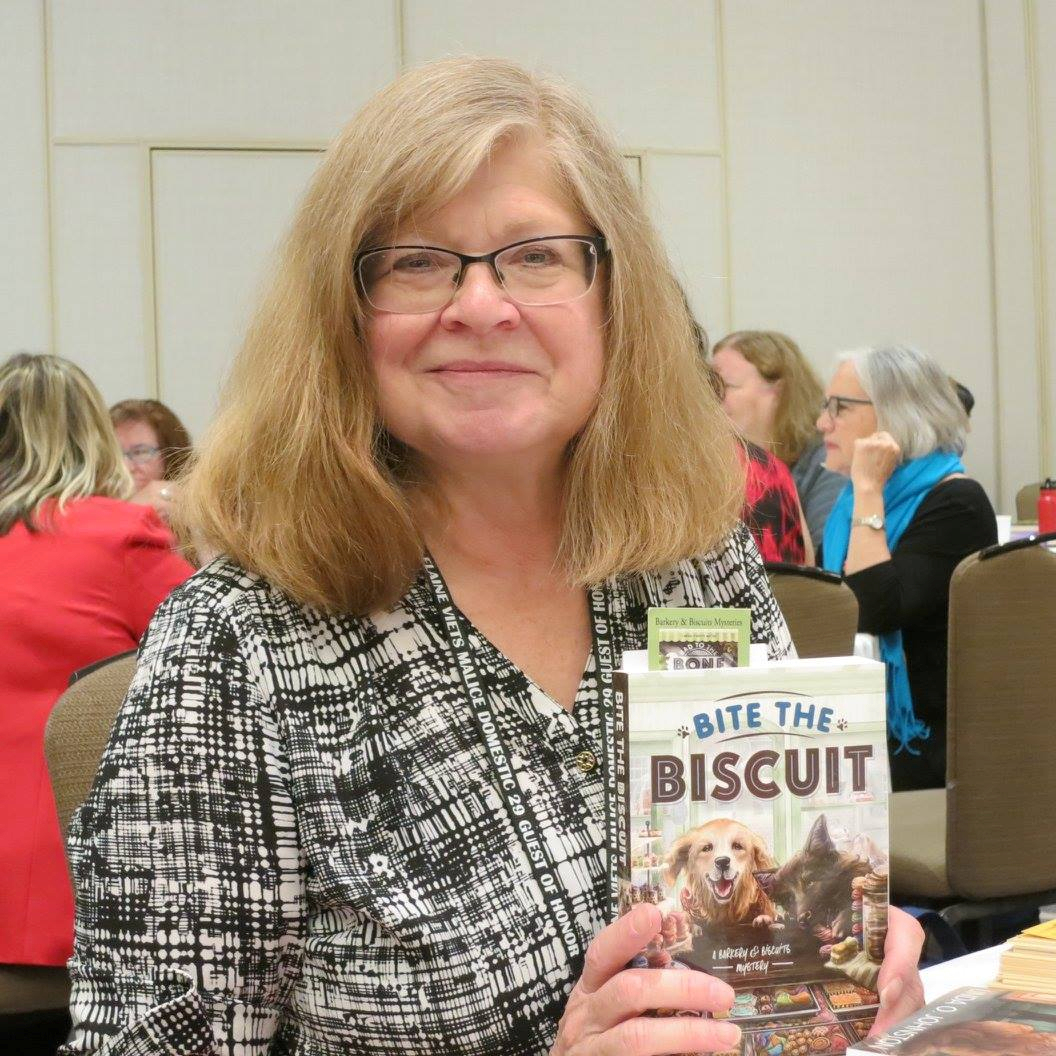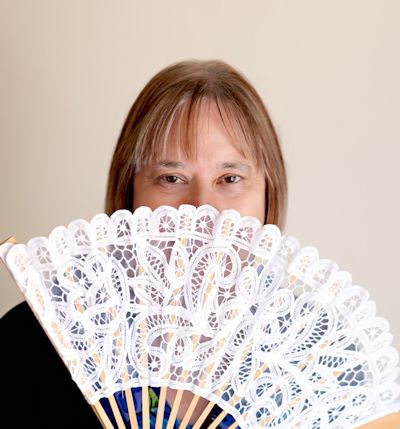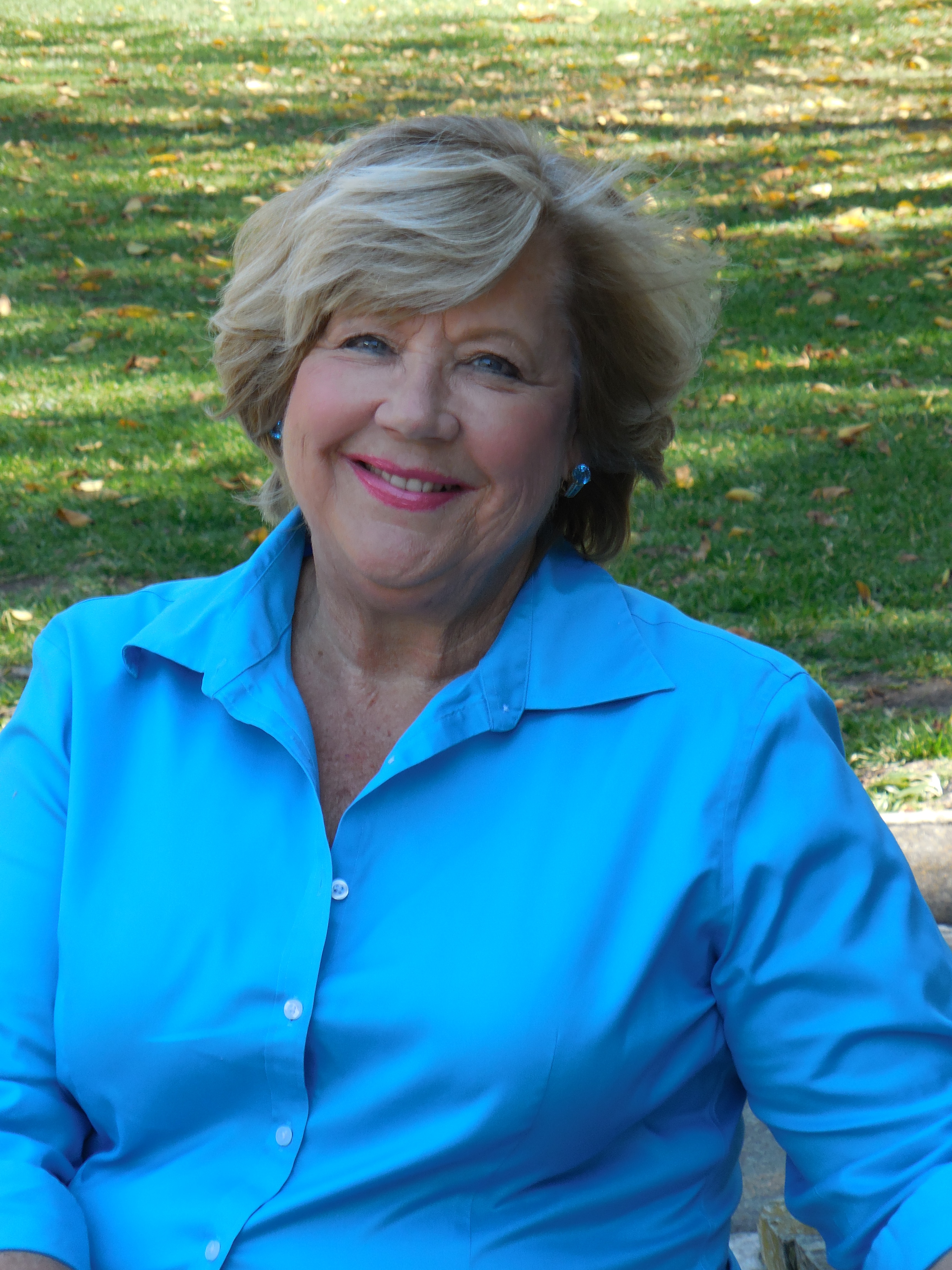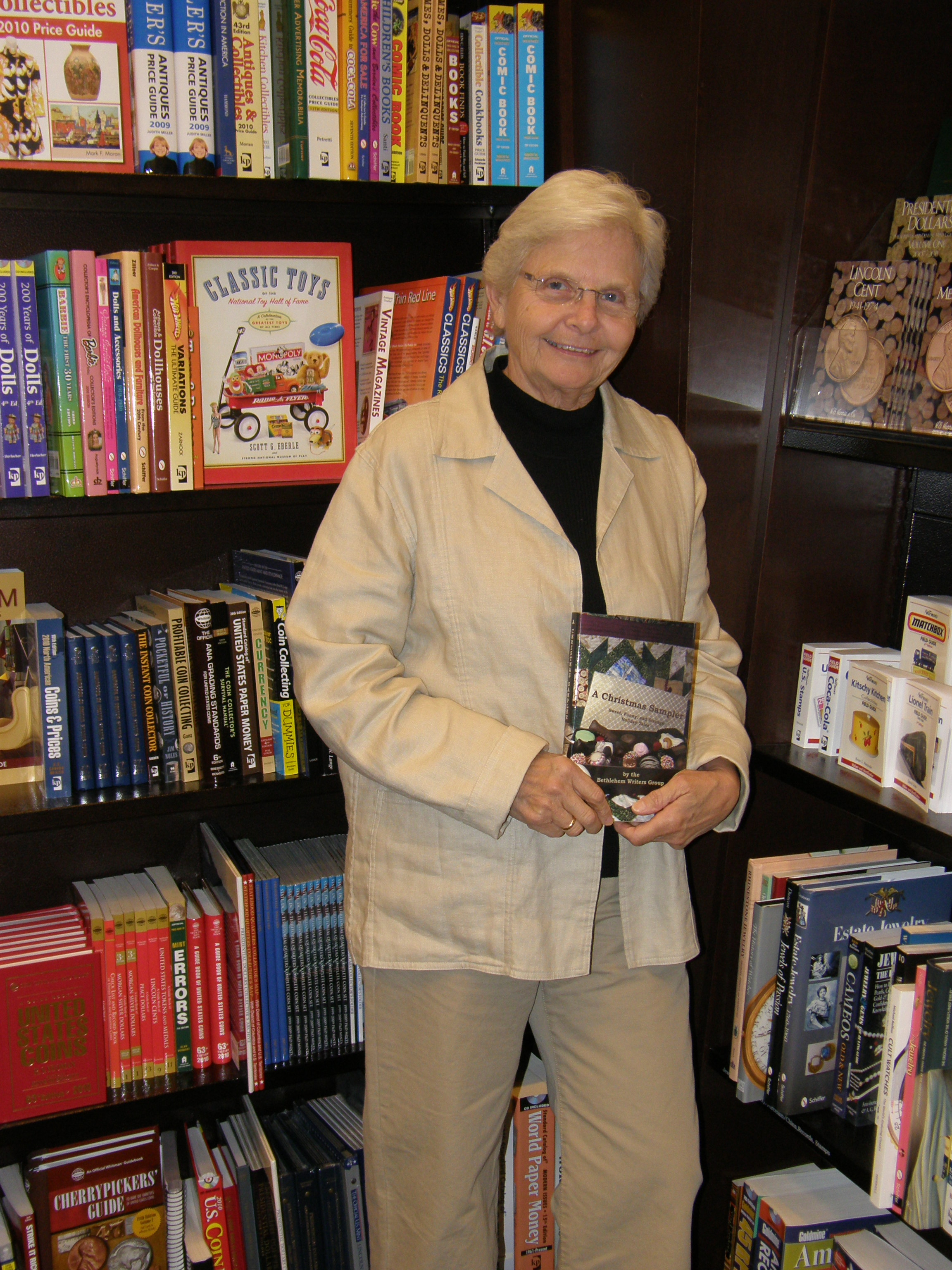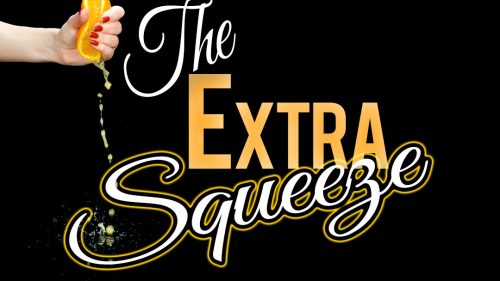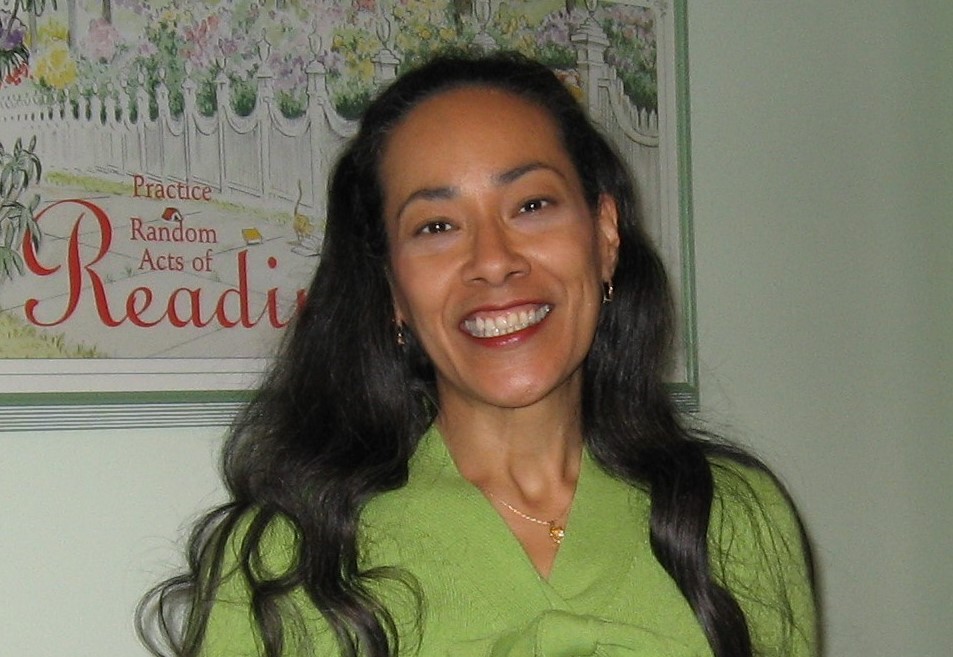A Piece of the World
February 22, 2023 by Veronica Jorge in category Write From the Heart by Veronica Jorge tagged as books, Keeper Shelf, making memories, Veronica Jorge
A figurine, Delft blue. I remember that trip to Holland and laugh. As soon as our bus pulled into Delft, we piled out and made a beeline for the gift shop, searching for the souvenirs that would eternalize this journey. I turn the figurine over in my hand: a lady holding a basket, gazing out. What does she see? What memories is she holding on to? I dust the gracious lady and seat her back in the curio. As I reach for the next pieces and reminisce, I wonder what it is that makes me want to own a piece of everyplace I’ve been? To keep forever alive a moment, an experience, an emotion?
It’s the same with movies I’ve seen and loved. Gotta buy the VHS, then upgrade to the DVD in case the VHS goes bad. And even though I have both, I still watch the television film version when it airs and don’t mind enduring the intrusive commercials.
Then there are my books. Some with places of honor on shelves, the power of sentiment attached to each one. And designated piles: ‘To Read.’ ‘To Read Again.’ A wish list of books, ‘To Buy.’
When the news announced the banning of Harper Lee’s, To Kill A Mockingbird, I rushed to confirm I had a copy, which led to a thorough examination of which books might be brittle, yellowed and frayed. A new list formed: ‘Books to Replace.’
All of which leads me to conclude that maybe all of these actions explain my desire, my need, to write. A significant event, an emotion, an intense experience, compels me to want to immortalize it. I grit my 36 teeth and magically weave the 26 letters of the alphabet into some meaningful representation of the emotions exploding in my heart. A yearning to create stories that will last forever, that will be cherished by others and replaced over and over again because they’ve connected with a piece of my world and they too want to own it forever.
Veronica Jorge
See you next time on March 22nd!
0 1 Read moreUPROOTED by Albert Marrin—A Review by Veronica Jorge
January 22, 2023 by Veronica Jorge in category Book Reviews by Veronica Jorge, Write From the Heart by Veronica Jorge tagged as Albert Marrin, book review, Histroy, Non-fiction, Uprooted, Veronica Jorge, World War II

We all come from someplace. For varying reasons an ancestor set America as a goal post, made it their home, and so here we are; one, two, or many generations later.
The migration and uprooting of peoples are nothing new as any student of history or intelligent observer knows. But the current migratory events beg us to question. As a nation of immigrants, by and for immigrants, when will we get it right?
In Uprooted: The Japanese American Experience During World War II, Albert Marrin skillfully balances facts, first-hand narratives, news clips, photos and illustrations to present a comprehensive and insightful account of the uprooting and internment of Americans of Japanese descent after the bombing of Pearl Harbor.
Albert Marrin’s writing is clear and concise as he explores the foundations, historical events and racial attitudes of both America and Japan that culminated in war between the two nations.
In addition, he details the role that the news media played in stirring panic that encouraged animosity toward the Japanese-Americans.
The author also references similar experiences of other groups throughout our history. For example; the forced removal of Native Americans, the Chinese Exclusion Laws of the 1880s, and the racism against African-Americans that led to the Civil Rights Movement.
Lovers of history, in addition, will recall the English Only Movements that have surfaced at various times in the United States in order to protect and secure the country from foreigners, and the expulsion of Mexican-Americans in 1929-1936, who were blamed for taking American jobs.
Uprooted: The Japanese American Experience During World War II challenges readers to grapple with thought provoking questions. How do we ensure the safety and liberty of each individual? Should race and religion exist as factors when determining a nation’s security? Should the media be held to a higher standard of accountability in its news coverage?
These questions are all the more relevant today as the world becomes an increasingly migratory multi-cultural environment and continues its war against terrorism, human trafficking, drugs, pandemics, and the like.
Albert Marrin reminds us of the importance of studying history. It not only informs us about the past. It helps us decide about the future. We can learn from our collective knowledge and experience.
Veronica Jorge
See you next time on February 22nd!
0 1 Read moreA Year Is An Ocean by Veronica Jorge
December 22, 2022 by Veronica Jorge in category Write From the Heart by Veronica Jorge tagged as beginnings and endings, End of year, Veronica Jorge
As the year draws to an end, preparing to close its final chapter, I think of the beach.
It might seem perfectly normal to those of you living in sunny climates, or to snow bunnies hastening away from the cold. But to those of us in areas that have already seen our first snow, it might sound strange.
To me, beginnings and endings can be like the ocean.
Like a rushing tide, every New Year, we rush toward new goals and hopes.
Sometimes shrinking back in fear, or drifting away into distant doubts and difficult memories.
Sturdy ocean rocks, like strong foundations, enable us to stand secure. And even walk on water, like faithful friends that make us believe we can do the impossible.
Our footprints in the sand are washed away like our past failings and errors. While a merciful new year, grants us another chance at life.
The 1960s song, Try to Remember, written by Harvey Schmidt and Tom Jones, plays in my mind. Emotion tightens my throat. My heart forms a prayer for the coming year.
May no one weep. Not even the willow.
Veronica Jorge
See you next time on January 22, 2023!
6 3 Read moreTHE ORPHANS OF BERLIN BY JINA BACARR—A REVIEW BY VERONICA JORGE
November 22, 2022 by Veronica Jorge in category Book Reviews by Veronica Jorge, Write From the Heart by Veronica Jorge tagged as Boldwood Books, book review, Jina Bacarr, new release, The Orphans of Berlin, Veronica Jorge
Distance and independence from her overbearing mother are just what Kay Alexander needs to establish her life on her own terms, and figure out who she is and her place in the world. When her uncle Archibald offers her an unusual opportunity in Paris, she jumps at the chance. Fluent in French, a debutante, socialite, and heiress to her family’s Radwell chocolate business, Kay feels confident to take on this challenge.
How hard can it be to mingle and observe what goes on in the salons and grand hotels, and spy on some German leader named Hitler?
Under the guise of studying the French chocolate business, in order to open an American Radwell Chocolates branch in Paris, Kay finds her own troubles pale in comparison to the realities of German occupation, brutal Nazi soldiers, and horrific antisemitism.
Thrust into the precipice of a world on the verge of war, Kay determines to use her money and affluence to help as many people as she can; in particular three young Jewish sisters, desperate to escape Europe and the certain death camps that threaten to swallow them up.
The risks she takes, the friends she makes, and the daring pilot she falls in love with, will change her life forever.
As one of the characters states, “…we’re stronger in harmony.”
The Orphans of Berlin is a song of bravery, sacrifice, and freedom that sings out loud and strong.
See you next time on December 22nd!
~Veronica
This month, Jann Ryan has a fabulous interview with Jina Bacarr, the author of The Orphans of Berlin. Read it here.
2 2 Read moreArtistic Expression and Why it Matters by Veronica Jorge
October 22, 2022 by Veronica Jorge in category Write From the Heart by Veronica Jorge tagged as artists
“Picture it. Sicily….” Most of us will recognize that memorable line with which the outspoken Sophia Petrillo, portrayed by Estelle Getty in the television sitcom, The Golden Girls prefaced her words of wisdom and advice.
And what movie goer can ever forget Marlon Brando’s husky voice in the Godfather as the Italian patriarch Don Vito Corleone? “I’ll make him an offer he can’t refuse.”
Charlton Heston will forever be etched in the mind as Moses parting the red sea in Cecil B. DeMille’s, The Ten Commandments.
And in my estimation, Omar Sharif’s interpretation of the apostle Peter in the movie of the same name was superb.
All of these portrayed ethnicities and faiths other than their own. And we loved it.
So, I don’t understand the current trend that considers telling a story other than your own taboo because it means you are appropriating another’s culture.
The world of literature has made important contributions to our knowledge of and understanding of other peoples and cultures. For example: Japanese born Kazuo Ishiguro’s novel, The Remains of the Day, allowed us a glimpse into a stately English home through the eyes of a British butler. Arthur Golden took us into the world and emotions of Japanese geisha women in his novel, Memoirs of a Geisha. The white journalist and novelist, John Howard Griffin medically colored his skin to pen, Black Like Me, a novel that made us feel the terror of being black in the deep South. Pearl S. Buck, an advocate of cross-cultural understanding and racial harmony, left a legacy of philanthropy and literature that includes her portraits of China in the novels, The Good Earth and Peony. And, I Claudius, by the British novelist Robert Graves, written as an autobiography, revealed the mind and nature of a Roman emperor.
Let’s be honest, whether it’s a hairstylist, auto mechanic, doctor, technician, or politician, we want the person who can best do the job. We evaluate them according to their experience, competence, and track record, not by their race, color or creed.
Why should the arts be any different? For the price of theatre tickets today, I want to get my money’s worth with the best performance. When I purchase a book, I want captivating writing that merits it a place of honor on my shelf.
Actors and writers research the world and times of the individuals they portray and write about. They enlighten us on issues we may be unaware of. They speak for the voiceless and reveal the invisible people we often pass on the street every day and ignore. The characters they bring to life illuminate events and sometimes horrific stories that need to be told. We begin to understand the challenges that motivate people’s actions and choices. We feel their anguish, hopes and dreams that are often our own as well. Via the actor’s and writer’s skillful character studies and world building, we meet believable individuals that we will never forget, and that we enjoy seeing and reading about over and over again. Their work is often the catalyst that spurs us to act and make changes which result in a better life for all of us.
Whether you read Gone With the Wind by Margaret Mitchell or, The Wind Done Gone by Alice Randall, both offer valuable insights and perspectives for understanding the people and the times.
Based on today’s standards, many of the wonderful novels that we consider literary classics would have never been written, and some of the movies we make a tradition of watching each year would have never been made.
The following quote from the 1895 poem, ‘Judge Softly or Walk a Mile in His Moccasins’ by Mary T. Lathrap (1838-1895) summarizes the importance of artistic expression.
“ Just for a moment, slip into his mind and traditions and see the world through his spirit and eyes…”
One might say that the empathy in acting and writing, its ability to help us understand and share the feelings of another, is essential for creating and participating in a just and safe society.
The only requirement that makes such magic possible is unfettered and uncensored artistic expression.
I hope that actors, writers, and all artists will continue unhindered to depict significant works of art that capture moments in time, help us understand the world around us, show us who we are, and inspire us to be kinder and more compassionate towards one another.
Veronica Jorge
See you next time on November 22nd!
2 2 Read moreAffiliate Links
A Slice of Orange is an affiliate with some of the booksellers listed on this website, including Barnes & Nobel, Books A Million, iBooks, Kobo, and Smashwords. This means A Slice of Orange may earn a small advertising fee from sales made through the links used on this website. There are reminders of these affiliate links on the pages for individual books.
Search A Slice of Orange
Find a Column
Archives
Featured Books
MAC AND CHEESE, PLEASE, PLEASE, PLEASE
They liked macaroni and cheese SO much, if they could, they would eat it for breakfast, dinner, and lunch!
More info →A LADY’S POINT OF VIEW
Being nearsighted in Regency London isn’t a crime—but it feels like one to a lady in disgrace.
More info →THE RELUCTANT GROOM AND OTHER HISTORICAL STORIES
Enjoy historical fiction? Like short stories? Then dive into this collection of historical shorts by an award-winning author.
More info →Newsletter
Contributing Authors
Search A Slice of Orange
Find a Column
Archives
Authors in the Bookstore
- A. E. Decker
- A. J. Scudiere
- A.J. Sidransky
- A.M. Roark
- Abby Collette
- Alanna Lucus
- Albert Marrin
- Alice Duncan
- Alina K. Field
- Alison Green Myers
- Andi Lawrencovna
- Andrew C Raiford
- Angela Pryce
- Aviva Vaughn
- Barbara Ankrum
- Bethlehem Writers Group, LLC
- Carol L. Wright
- Celeste Barclay
- Christina Alexandra
- Christopher D. Ochs
- Claire Davon
- Claire Naden
- Courtnee Turner Hoyle
- Courtney Annicchiarico
- D. Lieber
- Daniel V. Meier Jr.
- Debra Dixon
- Debra H. Goldstein
- Debra Holland
- Dee Ann Palmer
- Denise M. Colby
- Diane Benefiel
- Diane Sismour
- Dianna Sinovic
- DT Krippene
- E.B. Dawson
- Emilie Dallaire
- Emily Brightwell
- Emily PW Murphy
- Fae Rowen
- Faith L. Justice
- Frances Amati
- Geralyn Corcillo
- Glynnis Campbell
- Greg Jolley
- H. O. Charles
- Jaclyn Roché
- Jacqueline Diamond
- Janet Lynn and Will Zeilinger
- Jaya Mehta
- Jeannine Atkins
- Jeff Baird
- Jenna Barwin
- Jenne Kern
- Jennifer D. Bokal
- Jennifer Lyon
- Jerome W. McFadden
- Jill Piscitello
- Jina Bacarr
- Jo A. Hiestand
- Jodi Bogert
- Jolina Petersheim
- Jonathan Maberry
- Joy Allyson
- Judy Duarte
- Justin Murphy
- Justine Davis
- Kat Martin
- Kidd Wadsworth
- Kitty Bucholtz
- Kristy Tate
- Larry Deibert
- Larry Hamilton
- Laura Drake
- Laurie Stevens
- Leslie Knowles
- Li-Ying Lundquist
- Linda Carroll-Bradd
- Linda Lappin
- Linda McLaughlin
- Linda O. Johnston
- Lisa Preston
- Lolo Paige
- Loran Holt
- Lynette M. Burrows
- Lyssa Kay Adams
- Madeline Ash
- Margarita Engle
- Marguerite Quantaine
- Marianne H. Donley
- Mary Castillo
- Maureen Klovers
- Megan Haskell
- Melanie Waterbury
- Melisa Rivero
- Melissa Chambers
- Melodie Winawer
- Meriam Wilhelm
- Mikel J. Wilson
- Mindy Neff
- Monica McCabe
- Nancy Brashear
- Neetu Malik
- Nikki Prince
- Once Upon Anthologies
- Paula Gail Benson
- Penny Reid
- Peter J Barbour
- Priscilla Oliveras
- R. H. Kohno
- Rachel Hailey
- Ralph Hieb
- Ramcy Diek
- Ransom Stephens
- Rebecca Forster
- Renae Wrich
- Roxy Matthews
- Ryder Hunte Clancy
- Sally Paradysz
- Sheila Colón-Bagley
- Simone de Muñoz
- Sophie Barnes
- Susan Kaye Quinn
- Susan Lynn Meyer
- Susan Squires
- T. D. Fox
- Tara C. Allred
- Tara Lain
- Tari Lynn Jewett
- Terri Osburn
- Tracy Reed
- Vera Jane Cook
- Vicki Crum
- Writing Something Romantic
Affiliate Links
A Slice of Orange is an affiliate with some of the booksellers listed on this website, including Barnes & Nobel, Books A Million, iBooks, Kobo, and Smashwords. This means A Slice of Orange may earn a small advertising fee from sales made through the links used on this website. There are reminders of these affiliate links on the pages for individual books.
